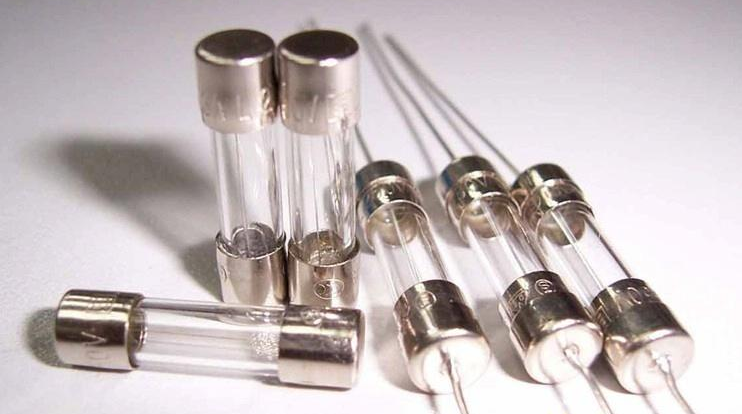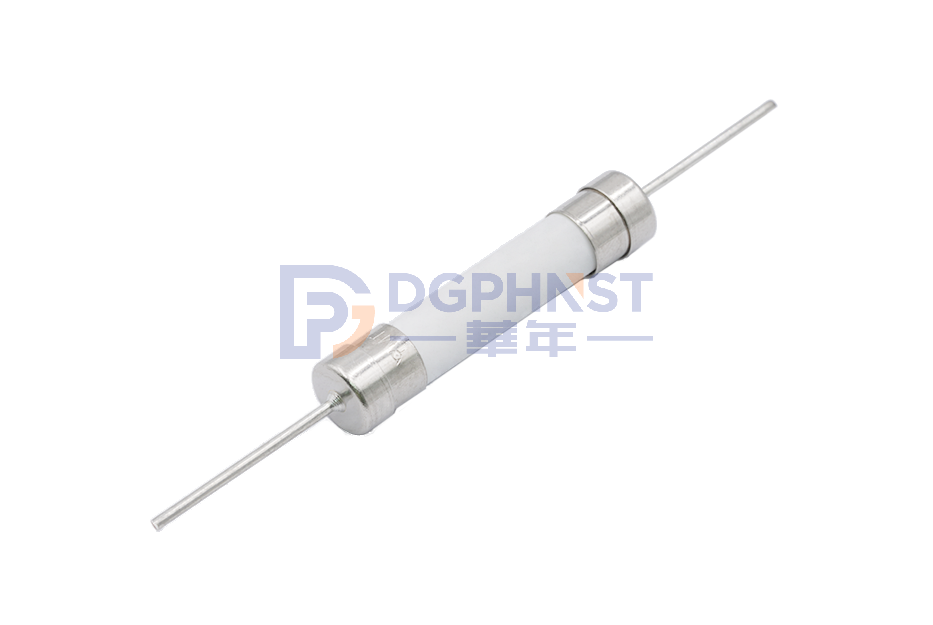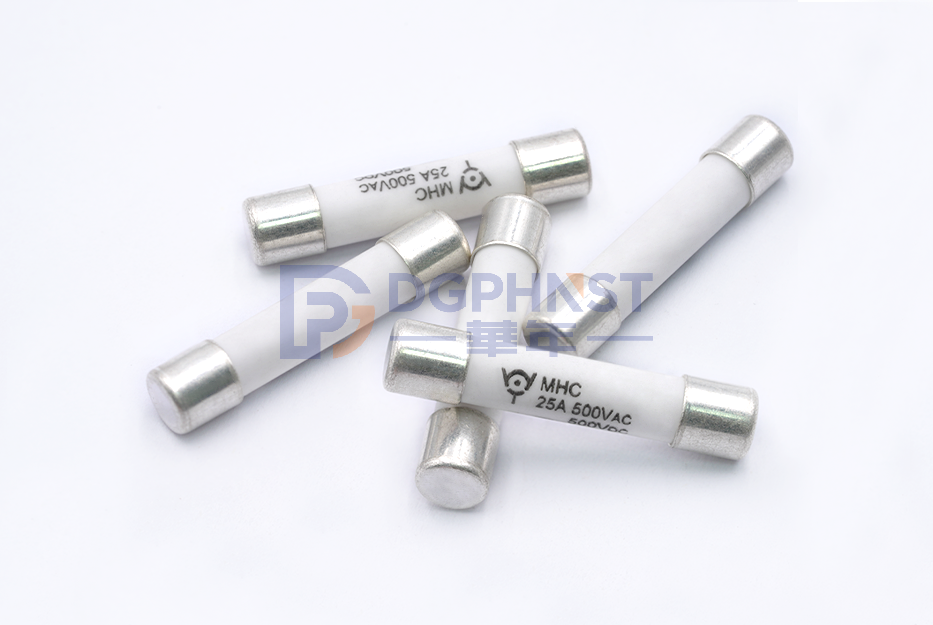A fuse is an electrical component used to protect circuits and electrical equipment from overcurrent damage. The working principle is to automatically cut off the power supply when the current exceeds the set value, to avoid the power through the load, short circuit, failure and equipment damage. The fuse consists of a conductor part made of copper, silver, aluminum and other metals, and a protective shell made of a high-temperature material such as ceramic or glass to protect the conductor part from external materials and the environment.

Fuse wire
The basic structure of the fuse consists of three parts: melt, electrode and bracket. The melt is the core part of the fuse, made of low-melting alloys such as lead-antimony alloy, which is responsible for fusing when the current is abnormally high, cutting off the circuit. The electrode part is an important part of the connection between the melt and the circuit, and must have good conductivity. The function of the support part is to fix the melt and make all the fuses a rigid whole, which is easy to install and use.
The main functions of the fuse include overload protection and short circuit protection. Overload protection refers to the fact that when the fuse can exceed the rated current of the circuit load, the conductor in the fuse will heat up and melt, thus cutting off the circuit and avoiding damage to the equipment. Short circuit protection is that when a short circuit is generated in the circuit, the fuse can quickly detect the current short circuit and disconnect the circuit to avoid further propagation of the short circuit current.
When installing the fuse, pay attention to the following points:
Select the right fuse: Select the right fuse according to the rated current, voltage and fuse characteristics of the circuit.
Installation location: The fuse should be installed at a critical location in the circuit, in front of the power inlet or key components.
Correct contact: Ensure good contact between the fuse and the circuit to avoid loosening or poor contact.
Regular inspection and replacement: Check the status of the fuse regularly, and replace it in time if any problem is found.
As a simple but very important circuit protection element, fuse plays an important role in electrical engineering. The correct selection, installation and use of fuses is very important to ensure the safe and stable operation of circuits and equipment.


